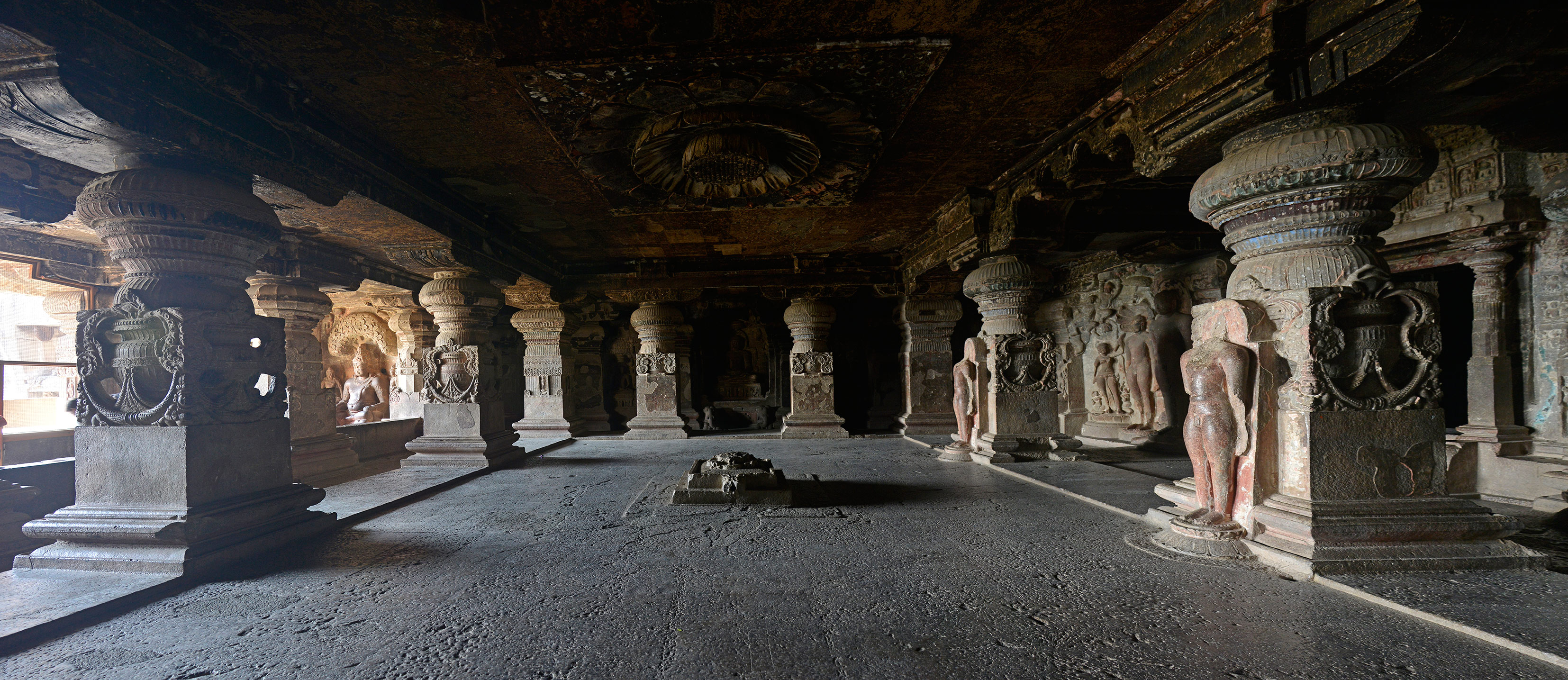AJANTA ELLORA CAVES
The Ajanta Caves are 32 rock-cut Buddhist give in landmarks which date from the second century BCE to around 480 CE in Aurangabad locale of Maharashtra territory of India. The holes incorporate sketches and shake cut models portrayed as among the best surviving precedents of old Indian craftsmanship, especially expressive artistic creations that present feeling through motion, posture and frame.

Ajanta Caves
Ellora, situated in the Aurangabad locale of Maharashtra, India, is one of the biggest shake cut religious community sanctuary buckle buildings on the planet, and an UNESCO World Heritage Site, highlighting Buddhist, Hindu and Jain landmarks, and fine art, dating from the 600-1000 CE period. Buckle 16, specifically, highlights the biggest single solid shake unearthing on the planet, the Kailasha sanctuary, a chariot molded landmark devoted to Shiva. The Kailasa sanctuary removal additionally includes the divine beings, goddesses, and legends found in Vaishnavism, Shaktism and also help boards outlining the two noteworthy Hindu Epics.
As indicated by UNESCO, these are artful culminations of Buddhist religious workmanship that affected the Indian craftsmanship that pursued. The caverns were worked in two stages, the principal stage beginning around the second century BCE, while the second stage was worked around 400– 650 CE, as indicated by more seasoned records, or in a concise time of 460– 480 CE as per later grant. The site is a secured landmark under the watchful eye of the Archeological Survey of India, and since 1983, the Ajanta Caves have been an UNESCO World Heritage Site.
History

The Ajanta Caves are for the most part consented to have been made in two unmistakable periods, the principal having a place with the second century BCE to first century CE, and a second time span that pursued a few centuries later.
The hollows comprise of 34 identifiable establishments, some of them found after the first numbering of the caverns from 1 through 29. The later recognized caverns have been suffixed with the letters of the letters in order, for example, 15A, distinguished between initially numbered holes 15 and 16. The give in numbering is a tradition of accommodation, and has nothing to do with sequential request of their development.

Conclusion
These uncovered surrenders likewise makes you to think what instruments were utilized that gave so astonishing outcome and solid carvings. Nonetheless, as the time passes, these carvings and wall paintings are losing its appeal, yet with sightseers are as yet investigating these hollows, they have made it to the broadly visited traveler spot in Maharashtra.
Best time to visit Ajanta Ellora
June to March are the best months to visit Ajanta and Ellora Caves. It becomes a little difficult to travel around and explore the caves in summers April-May. Winters and Monsoon are ideal as the climate is pleasant from October to March and June to September which is the best time to visit the caves.


No comments:
Post a Comment